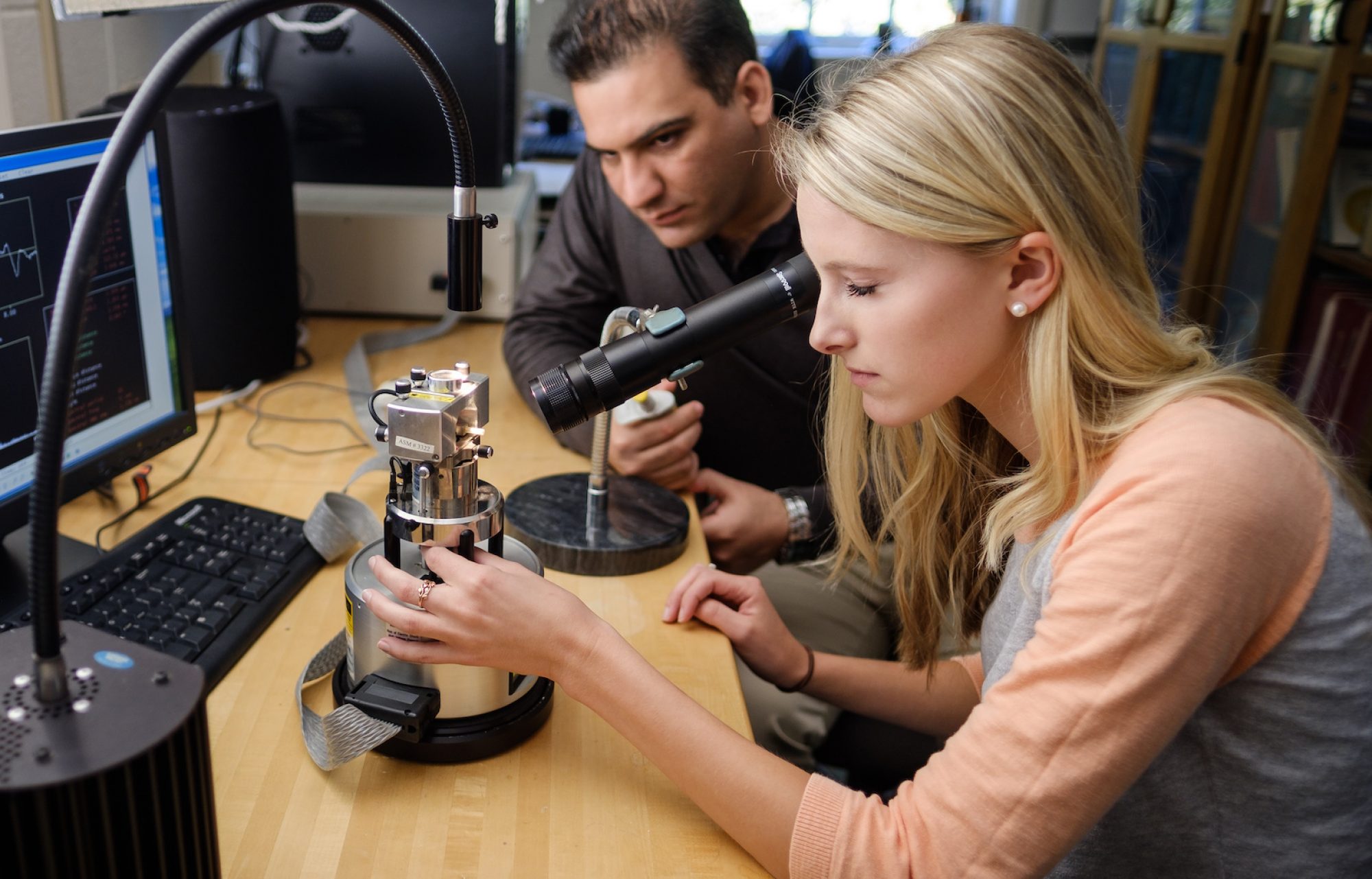Kui Tan, PhD
Research Scientist
The University of Texas at Dallas
Department of Materials Science and Engineering
George P. Williams, Jr. Lecture Hall, (Olin 101)
Wednesday, Nov. 20, 2019, at 3:00 PM
There will be a reception in the Olin Lounge at approximately 4 PM following the colloquium. All interested persons are cordially invited to attend.
ABSTRACT
Understanding co-adsorption in nanoporous materials such as metal organic frameworks (MOFs) is important for most applications, since these materials are seldom used exclusively for pure gases and are prone to gas contamination. Co-adsorption, however, leads to a variety of processes that complicate the analysis, such as molecular competition for adsorption and diffusion. Due to a lack of in situ characterization techniques within these 3D nanoporous structures, these processes remain largely unknown. Our pioneering studies, which combine in situ infrared spectroscopy and ab initio calculations, have yielded several unexpected findings with respect to the principles governing co-adsorption. For example, binding energy alone is not a sufficient indicator for prediction of molecular exchange and stability. Instead, the occupation of the active sorption sites could be governed by kinetics in a nanoconfined space. We have also identified an unusual synergistic effect involving co-adsorption of NH3 and H2O with a variety of small gases (e.g., CO, CO2, SO2) in a prototypical metal organic framework (MOF) material, i.e., MOF-74. This phenomenon is not due to guest-guest binding, which is usually regarded as a “cooperative binding effect”, but is instead the result of an increase in diffusion barrier for these small molecules. The aforementioned findings inspired us to invent a new strategy for retaining a variety of weakly adsorbing molecules inside the MOFs materials by in situ coating of their external surfaces with ethylenediamine (EDA), a type of sticky molecule. Interestingly, the opening size and breathing rate of the EDA network can be finely tuned by varying the temperature, while accounting for the observed activated adsorption at elevated temperatures. The discovery of this novel temperature-tunable diffusion barrier suggests a new avenue for
tailoring selective adsorption by thermally tuning the surface barrier.
